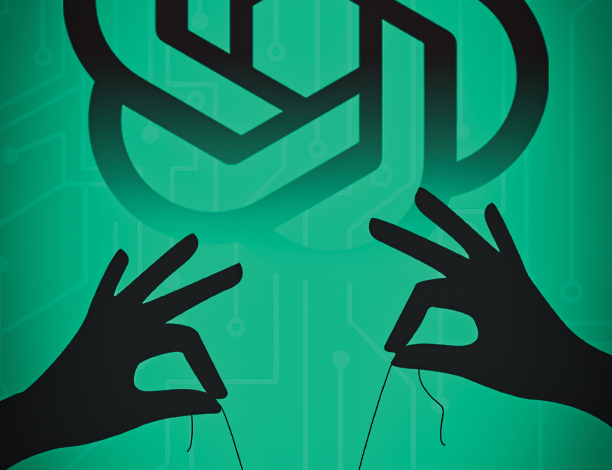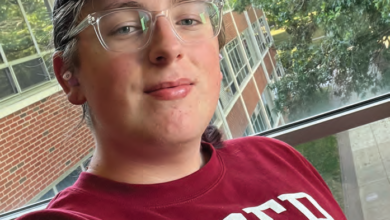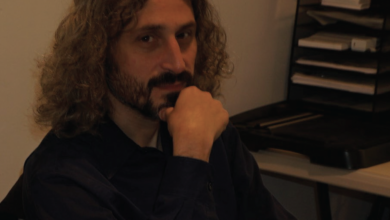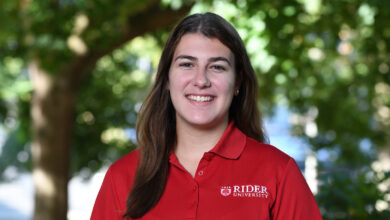
Ethical struggles of artificial intelligence
By Grace Bertrand
Artificial intelligence is as it continuously seeps into our daily lives from our smartphones, to inside our classrooms and even future careers.
AI — machine intelligence that makes it possible for computers to learn from experience and perform human tasks — has become a backbone for many industries and markets in the world.
It has not only the way we do things, but also how we interact with others; completely transforming school and job spaces for better or for worse.
While there have been many positive impacts from the use of AI in fields like science, medicine and engineering, the most controversial fallout has taken place, specifically, in creative arts fields like graphic design, music production and even journalism.
Is AI art ethical?
Viral chatbots like ChatGPT and text-to-image programs like DALL-E 2 and Midjourney are being used across the nation to generate digital art in place of man-made art and music.
This caused an uproar of backlash from creative arts communities that consider art to be their passion and career, feeling as though it is being stripped away and belittled.
Does this mean all AI is bad? Not at all.
A Forbes article of last year, titled “How AI is Changing The Future of Creative Enterprise,” by Jean-Baptiste Hironde explains that as virtual assistants and chatbots become more common, there has also been enormous potential in “folding AI technology into existing mobile apps and tools to elevate what they can offer to creatives.”
When the relationship between AI technology and creative users is collaborative, we’re able to make vast advancements in the creative world.
Wil Lindsay, associate professor and program director of game and interactive media at Rider, explains that pertaining to game design, AI will definitely be used in the industry, saying, “It’s important for us to help students navigate that and learn how to use it effectively in order to understand where their sources are coming from.”
Although he teaches specifically game design, which has fallen victim to AI in recent years, Lindsay explains that he is also a practicing artist and designer as well and understands the importance of properly incorporating AI into one’s art.
However, when AI technology starts replacing human artists and creators, ethical questions arise.
Text-to-image apps like DALL-E 2 and Midjourney are able to generate pictures by scraping millions of images from the web and teach their algorithms to recognize patterns and relationships in those images in order to create the same style of art.
That means that artists who upload their work to the internet are unintentionally training their “algorithmic competitors.”
The consequences of this is that AI is entirely replacing hired graphic designers, game designers and newswriters, leading to many layoffs from different companies across the globe.
This means a lineup of jobs and careers, possibly including yours, are being filled up with intelligent machines instead of people.
How do we outsmart machines?
How do we compete with machines that are programmed with the skills to do exactly what we do, if not better? We don’t have to.
Human art is something unique and original that can never be stripped away. While AI might be able to generate more detailed art versus human artists, it will never be able to replicate the emotion and human experience that goes into making any kind of art.
The real question is: why does AI have to be an ethical issue at all?
Originating in the late 1800s to early 1900s, photography was also once just as new and alien of an art form as AI is to society now.
While many fearful artists thought they would soon be replaced with the new technology of pictures taken by a click of a machine, it has become obvious over time that human art will continue to prevail alongside the new developments in technology.
Instead of trying to fight against the invasion of AI in many forms of art, we need to learn to incorporate it into our craft and use it as a tool, just as artists of the past did with photography.
“We’ve decided in game design [classes] that we’re actually going to embrace it and teach it as part of the program. I suspect we’re going to have a full class on it within the next year or so,” Lindsay said.
Rider Provost DonnaJean Fredeen has recently created a task force on academic integrity, specifically dealing with AI, to take on the job of analyzing the current policy and seeing if it needs to be extended to include AI accommodations and restrictions.
AI is not something that is going away any time soon, so Lindsay advises his students, as well as past and future designers to view it as a tool and embrace it. “There might be some cultural shun, but it’s here. It will be part of the industry,” he said.



